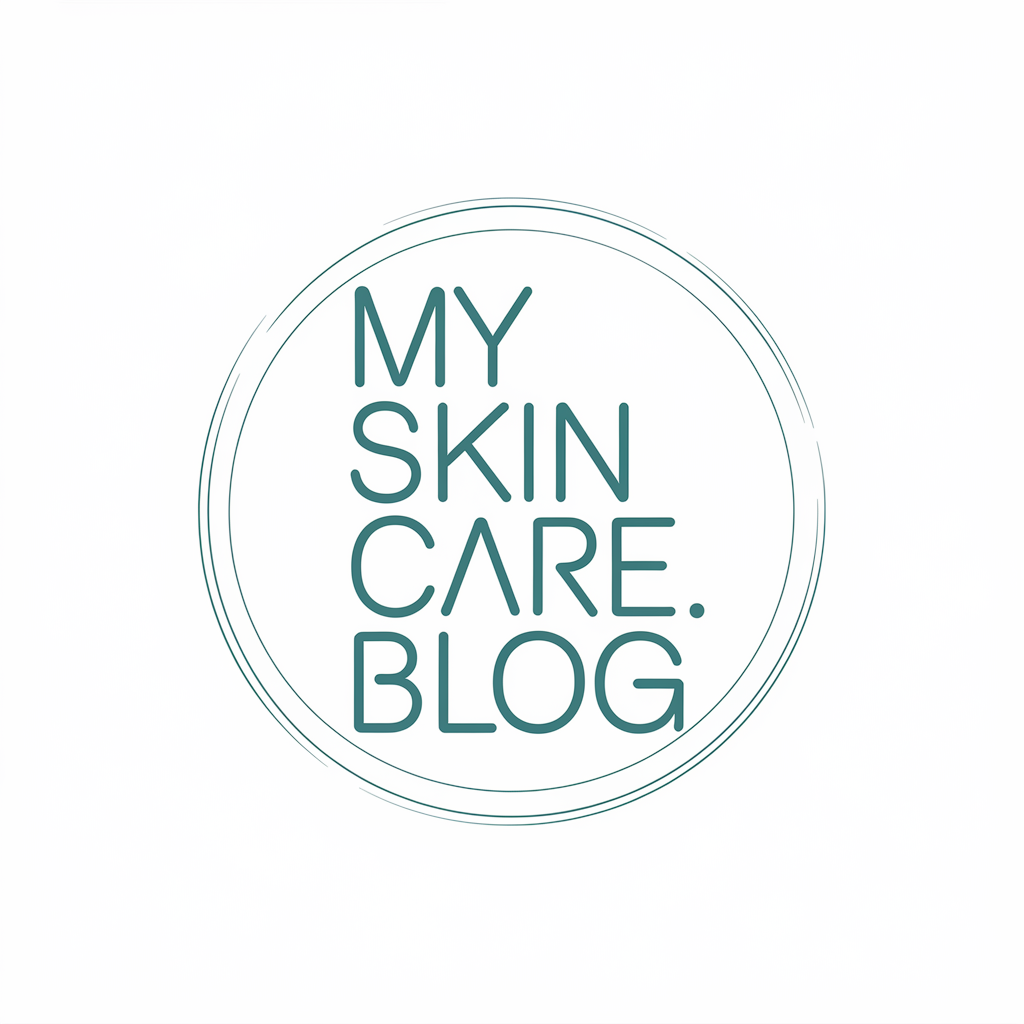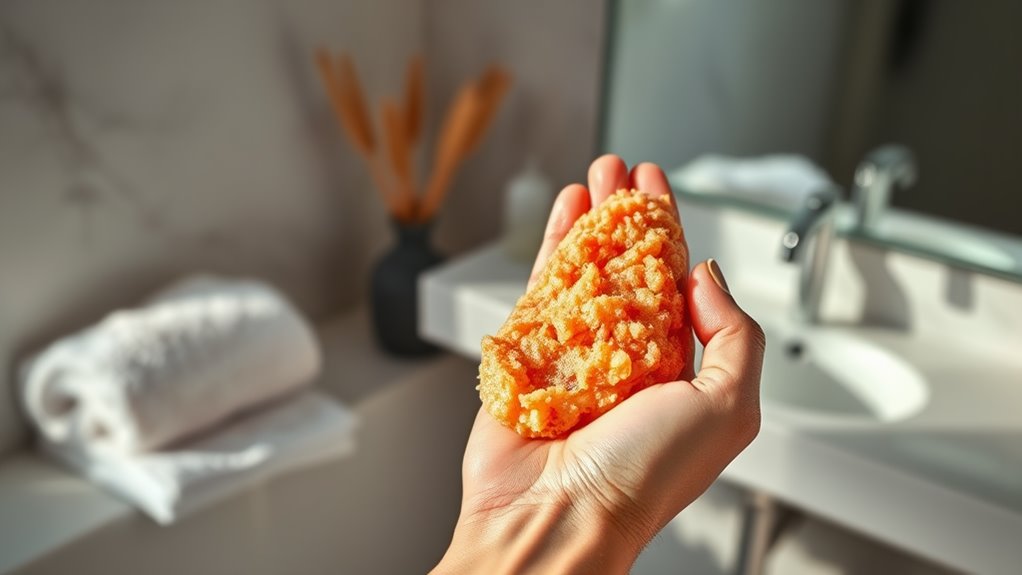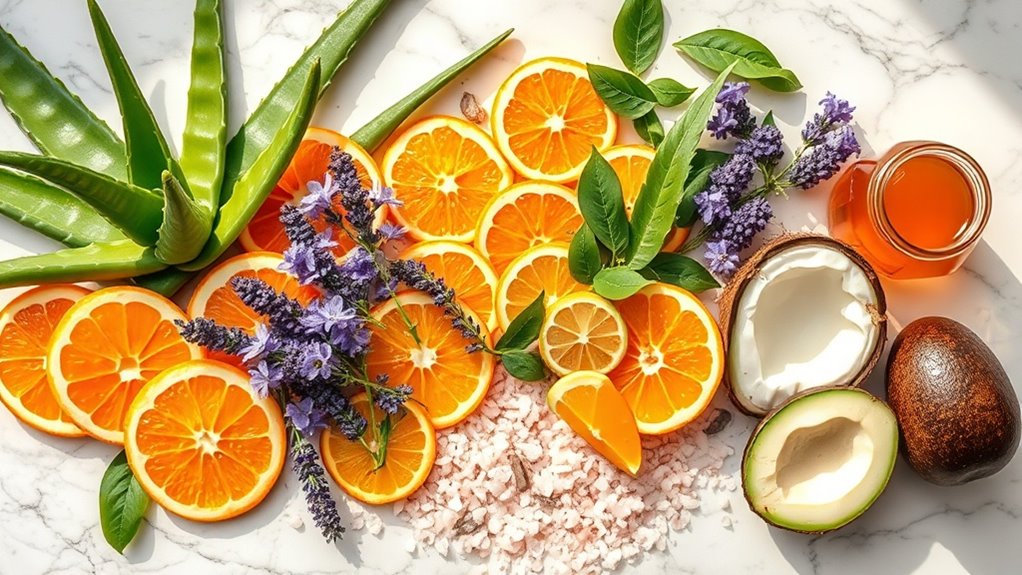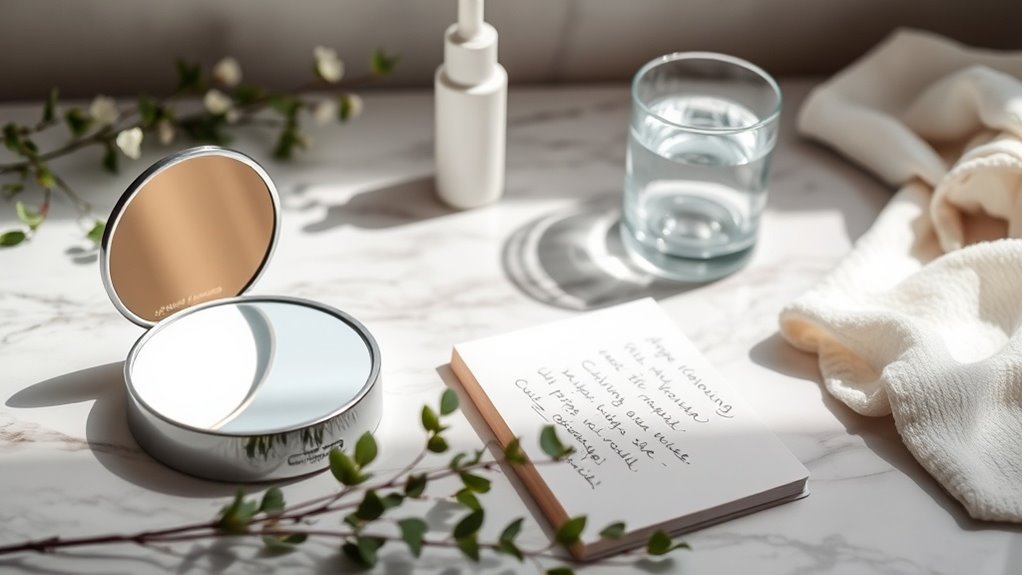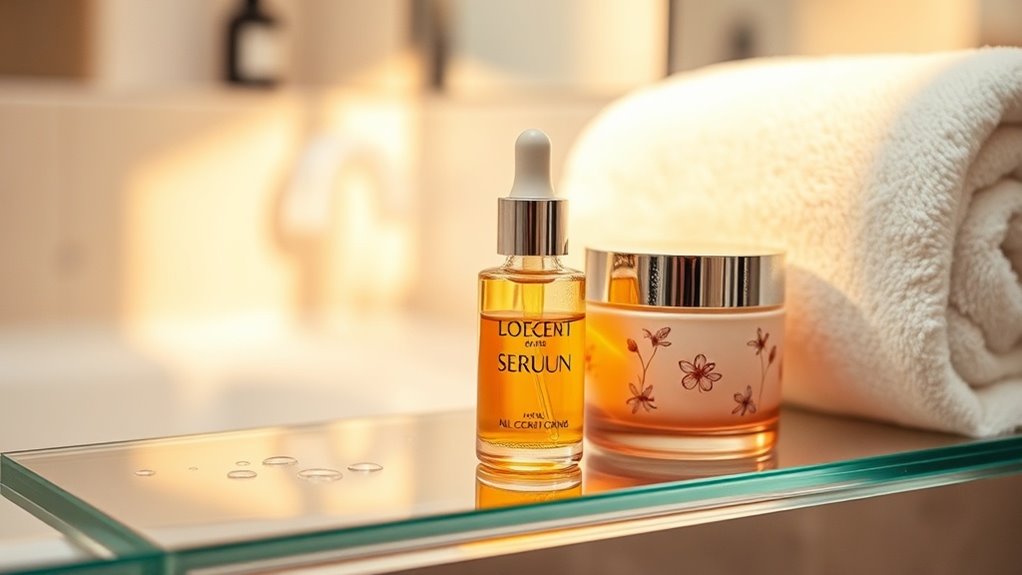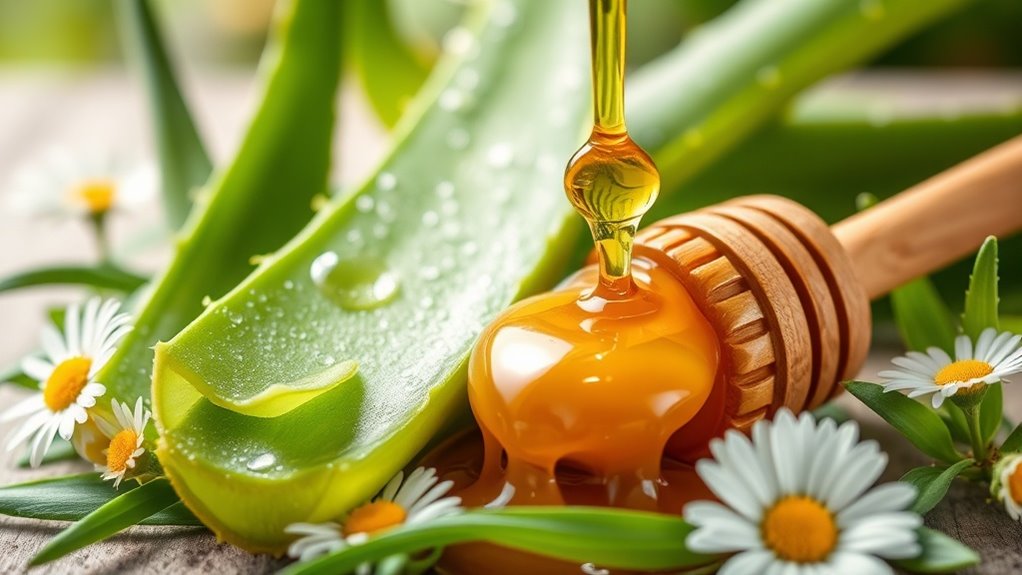You’re Exfoliating WRONG! Here’s How to Fix It
You might think you’re doing everything right with your skincare routine, but if you’re not seeing results, it’s time to reassess your exfoliation habits. Over-exfoliating or using the wrong products can lead to irritation and even damage your skin barrier. By understanding your skin type and adjusting your approach, you can achieve healthier skin. Curious about the common mistakes and how to correct them? Let’s explore the best practices for effective exfoliation.
Common Exfoliation Mistakes to Avoid
When you want your skin to glow, avoiding common exfoliation mistakes is crucial. One major error is over-exfoliating. You might think more is better, but too much can strip your skin of its natural oils, leading to irritation. Instead, aim for gentle exfoliation a few times a week.
Another mistake is using the wrong products. Not all scrubs or acids suit everyone, so it’s vital to choose wisely. Look for exfoliation tips tailored to your skin type for the best results.
Don’t forget to listen to your skin! If it feels sore or looks red, take a break. Proper exfoliation techniques are essential for maintaining healthy skin, so always consider your individual skin needs.
Finally, always follow up with moisturizer; hydration is key after exfoliation. By avoiding these pitfalls, you’ll join a community of glow-getters who understand the joys of healthy, radiant skin.
Understanding Your Skin Type
How well do you know your skin type? Understanding your skin is crucial for effective exfoliation. If you’ve got oily skin, you might benefit from more frequent exfoliation to keep those pores clear.
On the other hand, dry or sensitive skin requires gentler care—too much scrubbing can lead to irritation. In fact, skincare missteps can significantly aggravate sensitive skin, making it vital to choose products carefully.
Combination skin can feel tricky, but you can tailor your exfoliation to focus on different areas. Identifying your skin type helps you connect with others who share similar challenges and solutions.
You’re not alone in this journey; many are figuring it out together. Take note of how your skin reacts to products and environmental changes. This awareness fosters community and support.
The right foundation starts with knowing your skin, so take a moment to assess it. Embrace your unique skin journey, and remember, the better you understand your skin, the more confident you’ll feel in your routine.
Choosing the Right Exfoliation Method
Choosing the right exfoliation method can significantly impact your skin’s health and appearance. It’s essential to consider your skin type and concerns when selecting an approach.
If you’ve got sensitive skin, you might want to opt for gentle chemical exfoliants, like lactic acid, which can provide results without irritation. For oily or acne-prone skin, salicylic acid could be your best bet, as it penetrates pores and helps clear breakouts.
Physical exfoliants, like scrubs, can be effective but should be used cautiously. You wouldn’t want to overdo it and cause micro-tears.
For those seeking a more natural approach, consider DIY options like oatmeal or sugar scrubs, tailored to your skin’s needs. Additionally, using gentle skincare practices can help maintain your skin barrier while promoting healing.
Ultimately, choose a method that feels right for you and fits seamlessly into your routine. Remember, when it comes to exfoliation, less can often be more, and your skin will thank you for it!
Proper Techniques for Effective Exfoliation
Effective exfoliation requires more than just the right product; it’s about mastering the technique.
Start by gently applying your exfoliant to clean, damp skin. Use your fingertips, not your palms, to ensure you’re lightly massaging the product into your skin. Move in circular motions, avoiding harsh scrubbing that can damage your skin barrier. Focus on areas that need extra attention, like your forehead, nose, and chin, but don’t neglect your cheeks and neck. Keep the pressure light—exfoliation shouldn’t feel painful.
Timing is key, so stick to the recommended duration on your product label. Rinse thoroughly with lukewarm water to ensure no residue is left behind. Over-exfoliation can lead to damaging the skin’s barrier, so it’s crucial to practice moderation.
Finish with a soothing moisturizer to hydrate your freshly exfoliated skin. By following these techniques, you’ll join a community of skincare enthusiasts who embrace their glow and celebrate their skin’s natural beauty.
You’re not just exfoliating; you’re nurturing your skin!
Frequency: How Often Should You Exfoliate?
Exfoliating your skin 1 to 3 times a week can make a significant difference in maintaining a healthy complexion. Finding the right frequency is essential to avoid irritation while still reaping the benefits. Here’s a quick guide to help you:
| Skin Type | Recommended Frequency |
|---|---|
| Oily/Acne-Prone | 2-3 times a week |
| Combination | 1-2 times a week |
| Dry/Sensitive | 1 time a week |
| Normal | 1-2 times a week |
Listen to your skin! If you notice redness or sensitivity, scale back. The goal is to remove dead skin cells without disrupting your skin’s natural barrier. Incorporating essential lifestyle changes into your routine can also help enhance your skin’s glow. Embrace this self-care ritual, and watch your skin glow with vitality. Connect with others on this journey to healthy skin, and remember, you’re not alone in this quest for radiance!
Expert Tips for Healthy Exfoliation Results
When you want to achieve healthy exfoliation results, it’s crucial to pay attention to both technique and product choice.
Start by selecting an exfoliator that suits your skin type—gentle scrubs for sensitive skin or chemical exfoliants for oilier complexions. Always patch-test new products to avoid reactions.
Next, focus on your technique. Use gentle, circular motions and don’t scrub too hard; your skin isn’t a floor!
Aim to exfoliate once or twice a week, depending on your skin’s needs. After exfoliating, always follow up with a hydrating moisturizer to help restore your skin’s barrier. Additionally, make sure to avoid hot water when cleansing, as it can strip your skin of its natural oils and lead to irritation.
